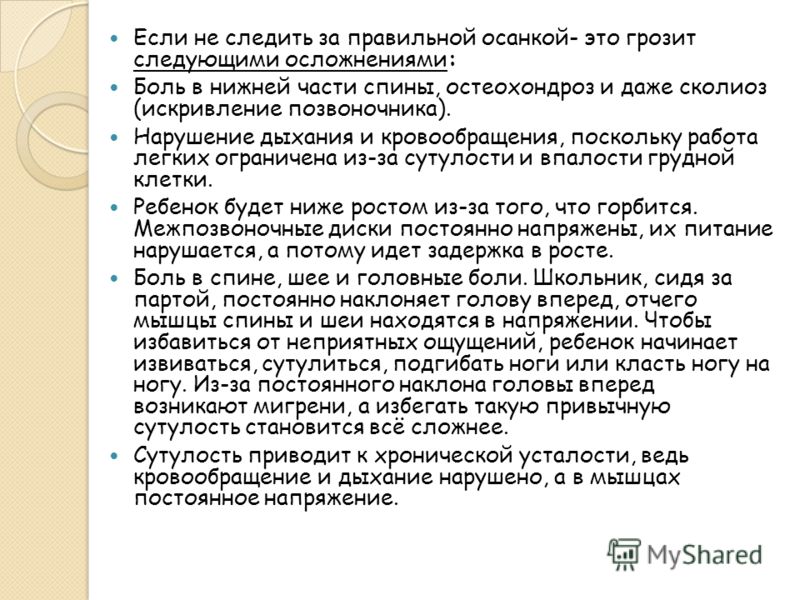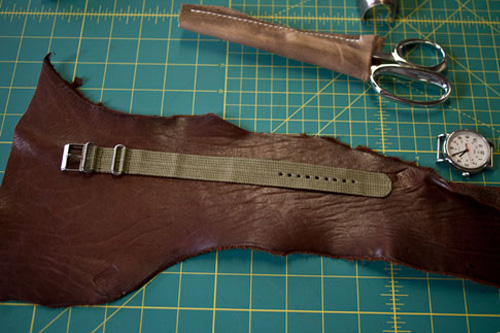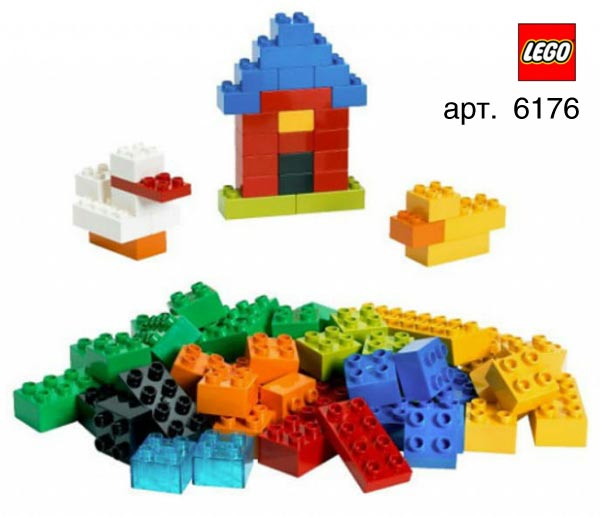Djungarian dwarf hamster
Dzungarian dwarf hamster or dzhungarik (lat. Phodopus sungorus)- This is a type of pygmy rodent that can be bought at any pet store. They, like the rest of their species, belong to the genus of upland. The Dzungarian dwarf hamster also has its own characteristics - a dark thick stripe on the back, a small tail, which is practically invisible when the animal is sitting.
a photo: Djungarian dwarf hamster
There are characteristic white blotches on the coat of the Dzungarian, the fact is that the Dzungarian (or Dzungarian) hamster is a steppe animal, in natural conditions it often has to hide from predators, burrowing into the snow. The muzzle of the pet is simply charming: big eyes, alert ears, funny moving cheeks. The body is spherical, the natural color of hamsters is dark gray, with a light tummy, a dark diamond-shaped spot on the head and a stripe on the back. There are also individuals with blue and pearl coats.
Care and maintenance of Djungarian dwarf hamsters
Despite the fact that dwarf individuals are significantly inferior to their counterparts in size, this does not mean at all that they need a small dwelling. Dzungaria are very mobile, which means they need a lot of space. The cage should be with frequent and strong rods: its minimum dimensions are 70x30 cm. When choosing bedding, give preference to small sawdust and hay. Hamsters definitely need to put a bath with sand (“bathing”), but you should not bathe jungars in water.

photo: Djungarian dwarf hamster loves to "be" alone
In the cage you need to install a wheel with a flat surface, a house for shelter, various twigs and ladders on which he will climb. You also need an automatic drinker and feeder. Hamsters rarely drink, but water must be present. Hamsters have a fast metabolism, so they eat quite a lot. They do not eat as many fresh vegetables or fruits as usual, but they do consume a lot of grains. You can give your pet some meat or fish, crackers, dandelion and clover leaves, previously scalded with boiling water, pieces of carrots, apples, millet, sunflower seeds, and so on.

- The natural habitat of Djungarian hamsters is Siberia, as well as the steppes of Mongolia, Kazakhstan, Manchuria;
- It is worth remembering that dzungars, like many dwarf individuals, are prone to diabetes, so their diet should not include food containing a lot of monosaccharides;
- At first, scientists believed that the dzhungariki was another kind of Campbell's hamster, but then it turned out that it was a separate species;
- The maintenance of Djungarian hamsters depends on their character: they are very territorial, so group keeping is not very suitable. You can put a couple in one cage only if you are convinced that they treat each other quite peacefully.
- The latest methods of teaching traffic rules
- How to draw pictures by numbers
- Do-it-yourself home digital microscope
- How to choose the right paint for drawing
- When is the best time to sunbathe?
- What kind of bird is better to have in an apartment?
- We put an apostille on the birth certificate on our own
- Is it possible to give flowers in pots - signs
- How to make cat ears
- Gray bag: what to wear and combine?
- How to get started with Faberlic: tips for new consultants
- Bioinsecticide Lepidocid: purpose, properties and application procedure Lepidocide waiting period
- How to change the language to Russian in steam
- Dendrobium noble: room care
- Morphology of plants general concepts - document
- Planting, propagation and care of bamboo at home, photo Growing bamboo from seeds
- How to strengthen the cellular signal for the Internet in the country
- Sanskrit reveals the forgotten meaning of Russian words (2 photos)
- The oldest language Sanskrit programming language of the future Dead language Sanskrit
- Who has dominion over all the earth?








